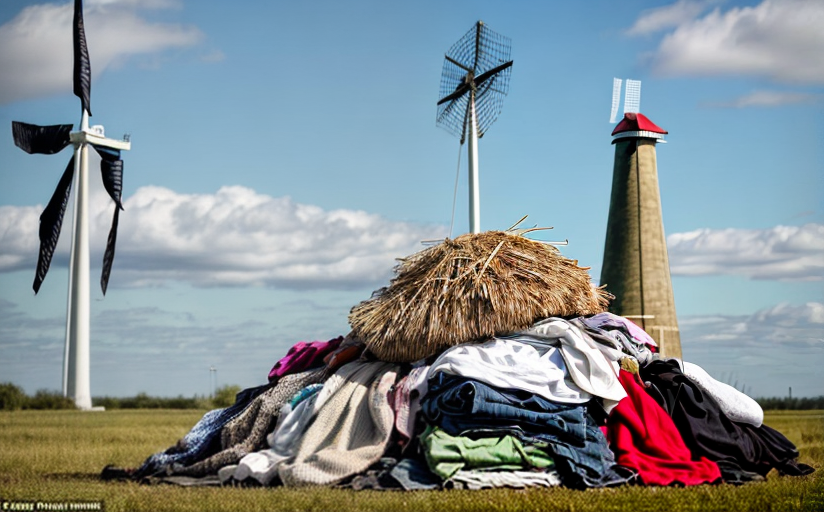The Environmental Impact of Fast Fashion and Solutions for Sustainability
From the time of creation to disposal, the fashion industry plays a significant part in environmental pollution globally. An industry segment - Fast fashion has been notably identified as a major contributor to environmental degradation.
Fast Fashion: A Major Pollutant
Fast fashion is a term used to describe inexpensive and fashion-forward items produced quickly by mass-market retailers. It results in excessive consumption and high turnover rates of clothing items. While it delivers the latest trends to consumers at an affordable price, it masks the significant environmental cost of this convenience.
Environmental Degradation and Pollution
Fast fashion production entails harmful processes that contribute significantly to environmental pollution. One notable effect is the extreme water pollution caused by the dyeing and finishing process for these clothes. The fashion industry is also a major consumer of water and non-renewable resources.
Waste Generation
In addition to the pollution from production processes, fast fashion also generates huge amounts of waste. This includes waste from the production process and the wastes generated when consumers dispose of these rapidly outdated items.
The Path to Sustainability
Despite the enormous impact of fast fashion on our environment, there are sustainable solutions that can be adopted to mitigate its effects. These involve a collaborative effort from the industry, consumers and governments.
Sustainable Production Methods
For awareness and a transition to sustainability, the industry needs to adopt more sustainable production methods. This may include using organic fabric, reducing water use, and ensuring proper disposal of waste.
Recycling and Proper Disposal
The industry could also invest in recycling programs and educate consumers on how to dispose of their clothes properly. This could go a long way in reducing the waste generated from discarded fashion items.
Promoting Conscious Consumerism
Finally, promoting conscious consumerism can help consumers understand the impact of their purchases and encourage them to make more sustainable choices. Governments can play a role by creating policies that support sustainable fashion and educate the public about its benefits.
In conclusion, while fast fashion plays a major role in environmental degradation, sustainable alternatives exist that could reduce its impact. Integrating these practices into our standard consumption habits can create a sustainable future for the fashion industry.




















Comments
Leave a Comment